
Join our community to see how developers are using Workik AI everyday.
Features

Generate YAML Instantly
AI swiftly generates fully configured Kubernetes YAML for Pods, Services, Deployments and more.

Simplify Helm Charts
Automate complex Helm chart creation with AI, simplifying multi-environment deployments and lifecycle management

Streamline CI/CD Integration
Integrate AI-generated Kubernetes code with Jenkins, GitLab CI/CD, or Argo CD to automate builds, tests, and deployments.

Optimize Auto Scaling Setup
AI configures Horizontal Pod Autoscalers and Cluster Autoscalers, optimizing scaling and resource use based on application needs.
How it works
Create a free Workik account in seconds and unlock AI-driven Kubernetes tools to simplify your container orchestration journey.
Sync with your GitHub, GitLab, or Bitbucket repositories. Add Kubernetes contexts like YAML files, Helm charts, Deployment specs, Service definitions and more to customize AI-generated code to your cluster’s specific needs.
Receive AI-driven suggestions or generate full Kubernetes configurations for Pods, Services, Deployments, StatefulSets, and more. Workik AI efficiently assists with all your Kubernetes needs.
Invite your team for real-time collaboration on YAML files and configurations, then deploy directly to Kubernetes clusters or export finalized YAML.
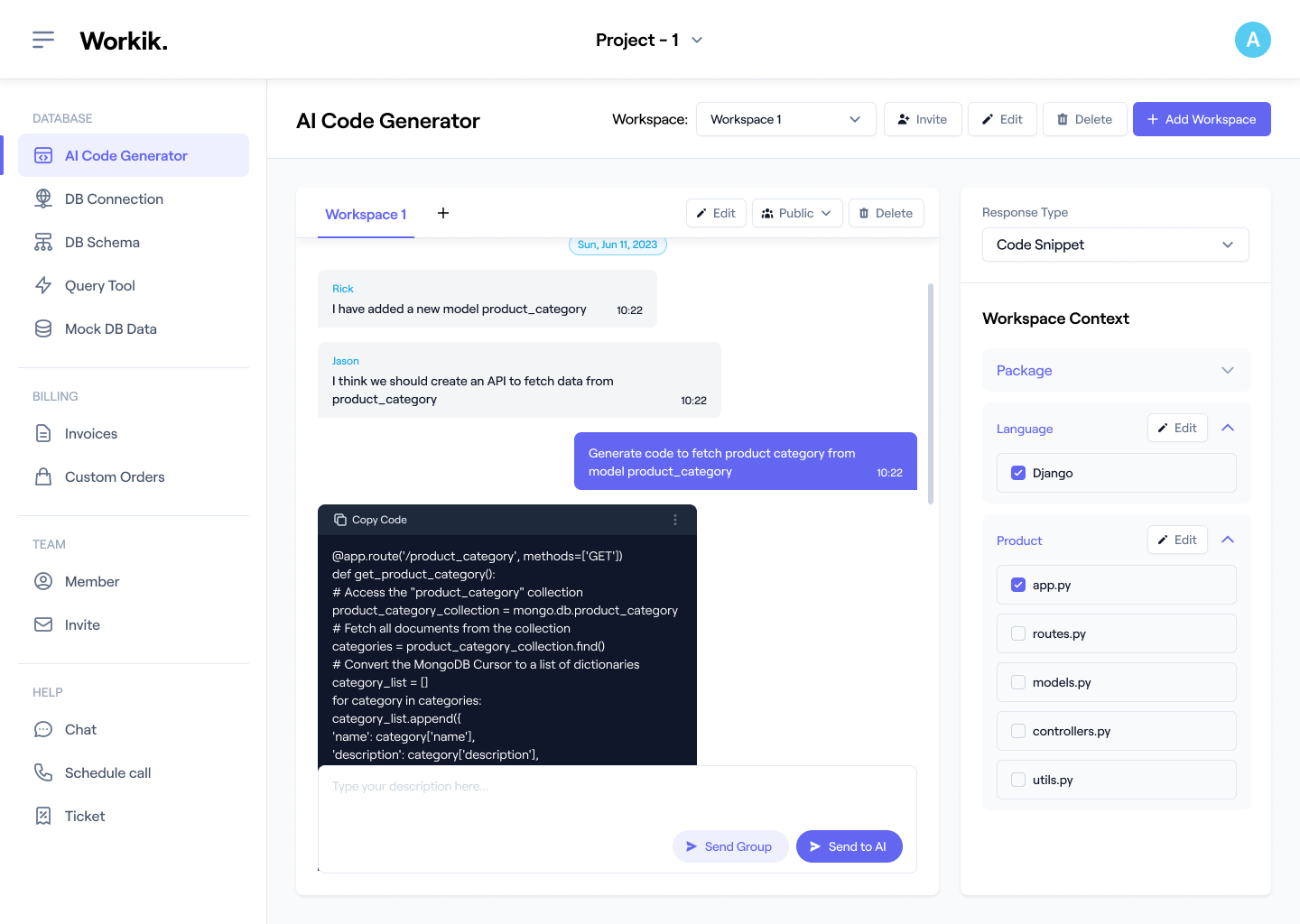

Expand
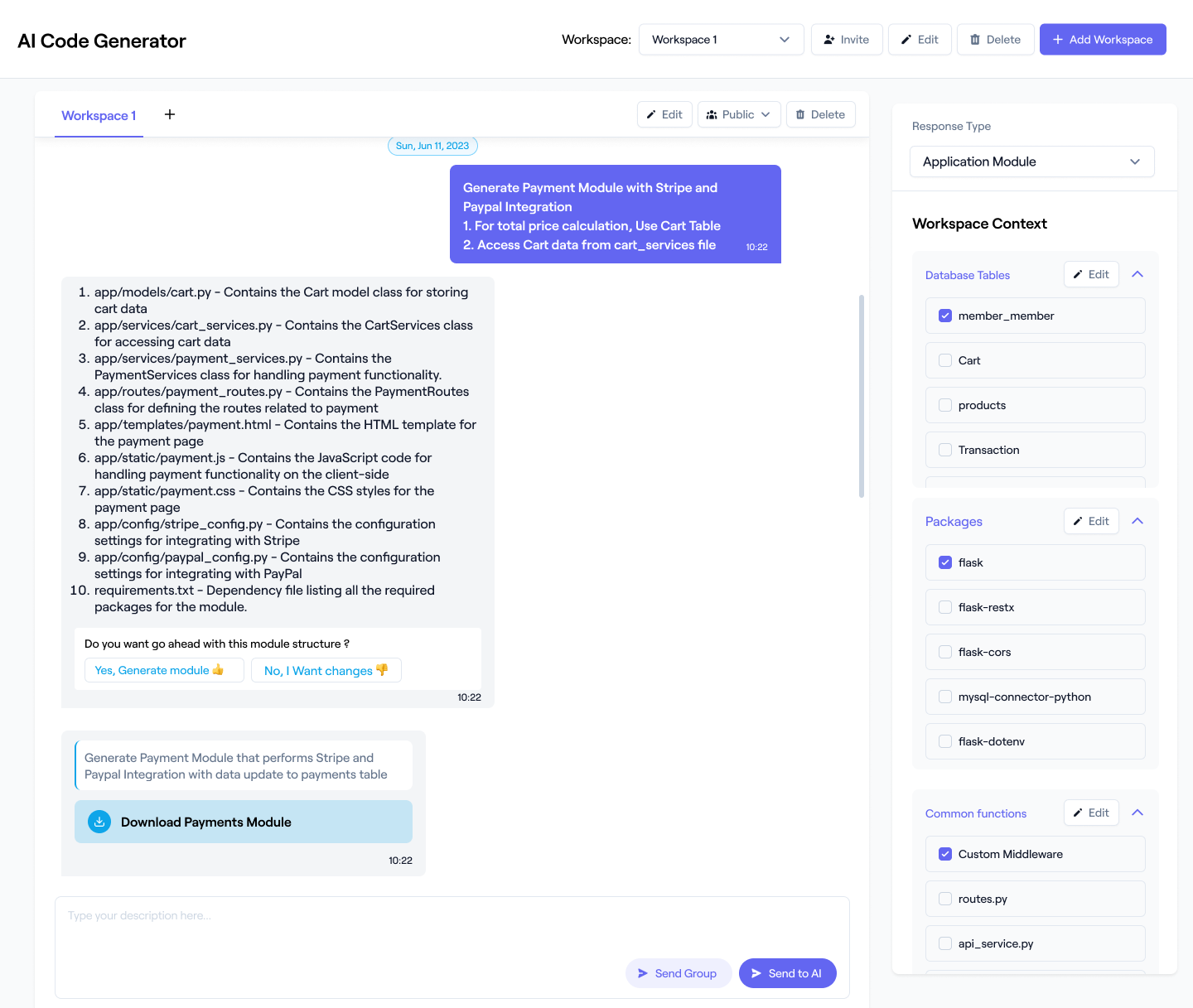

Expand
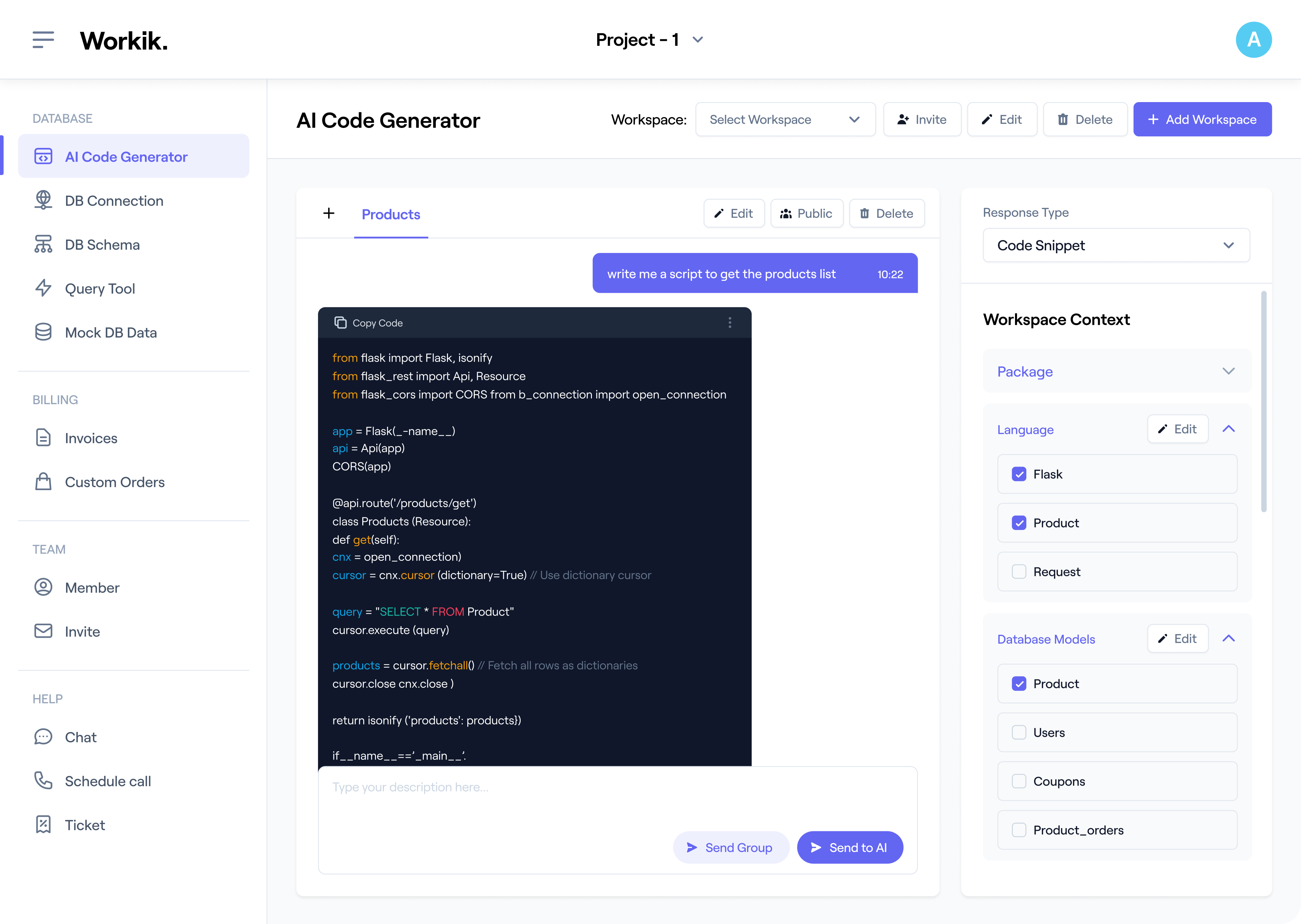

Expand
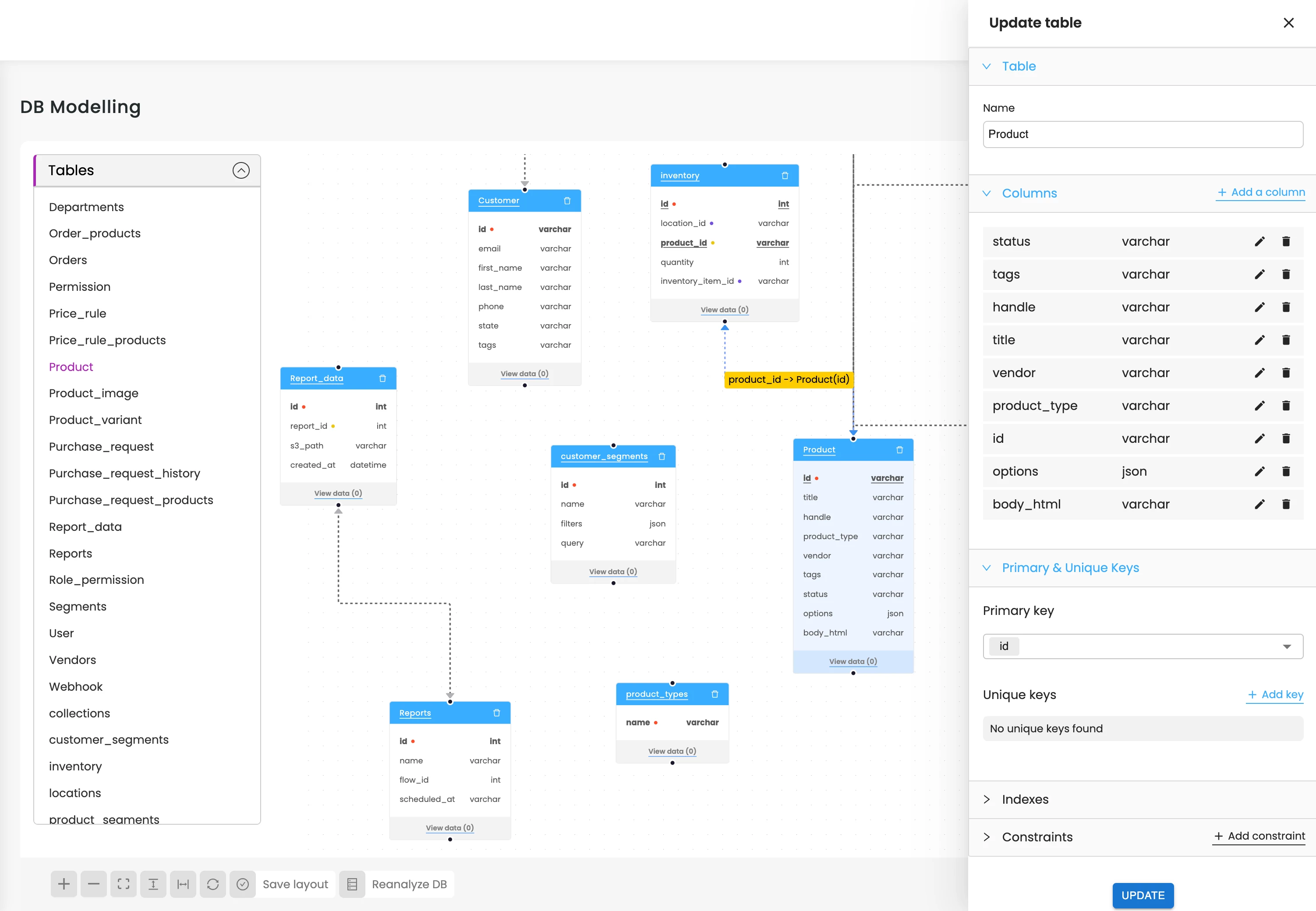

Expand
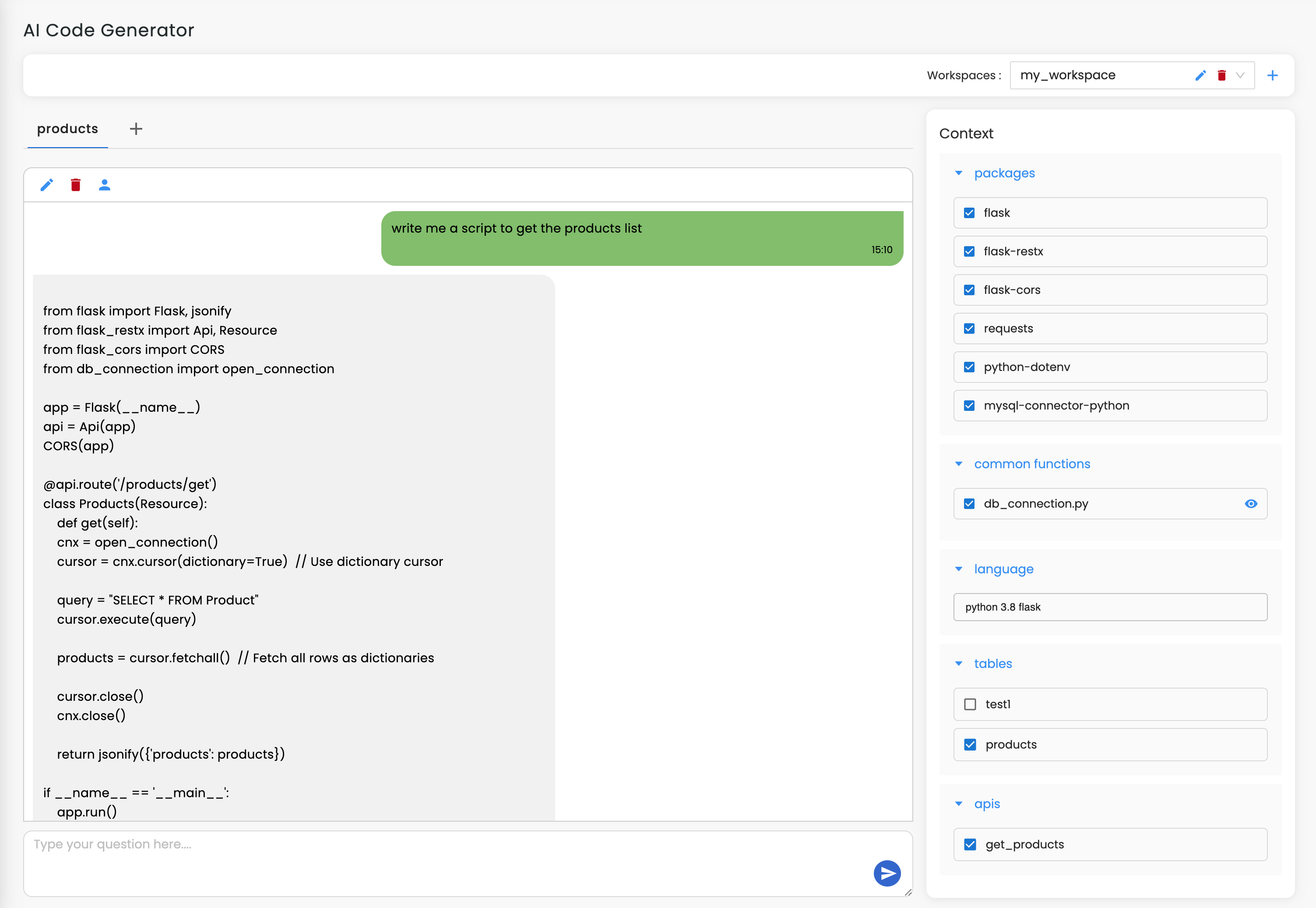

Expand


Expand


Expand


TESTIMONIALS
Real Stories, Real Results with Workik
Workik’s AI for Kubernetes is a total revolution! YAMLs and Helm charts in minutes, saving hours on every deployment.

Lewis Stone
Senior DevOps Engineer
Kubernetes used to be overwhelming. With Workik, I generate configs fast and focus on coding.

Tina Patel
Backend Developer
As a Kubernetes beginner, Workik’s AI-generated YAMLs made deploying my first app a breeze!

Alex Brown
Junior Developer
What are some popular use cases of Workik's AI-powered Kubernetes Code Generator?


Some popular use cases where Workik's AI-powered Kubernetes Code Generator help developers with their workflow include:
* Automate YAML for Deployments, Services, and Ingress in Microservices.
* Integrate with Jenkins, GitLab CI, or Argo CD for automated Kubernetes deployments.
* Seamlessly deploy apps on AWS EKS, Google GKE, or Azure AKS.
* Auto-configure HPA and Cluster Autoscalers for dynamic scaling.
* Automate rolling updates, canary deployments, and resource provisioning with Kubernetes.
What context-setting options are available in Workik’s AI for Kubernetes Code Generator?


Workik allows you to customize Kubernetes configurations with various context options, enabling users to:
* Generate configurations for Pods, Services, and Deployments.
* Manage multi-environment deployments with Helm charts.
* Configure Istio or Linkerd for traffic routing.
* Set up HPAs and resource limits for optimized scaling.
* Sync with GitHub, GitLab, or Bitbucket to import codebases.
* Define persistent volumes and apply Network Policies for storage and secure Pod communication.
How can Workik AI help with Kubernetes cluster scaling?


Workik AI configures Horizontal Pod Autoscalers (HPA) to adjust Pod counts based on CPU or memory usage. It also sets up Cluster Autoscalers to scale your cluster by adding or removing nodes, ensuring efficient resource use and scaling.
How does Workik AI optimize Kubernetes security?


Workik AI configures RBAC for granular permissions, sets up Pod Security Policies (PSPs), and applies Network Policies to control Pod traffic, protecting your cluster from unauthorized access and reducing vulnerabilities.
How does Workik AI handle Helm chart management?


Workik AI generates and customizes Helm charts, enabling you to package, manage, and deploy applications across environments. It simplifies multi-environment deployments by automating values and releases for consistent versions.
Generate Code For Free

Kubernetes: Question and Answer
Kubernetes is an open-source container orchestration platform that automates the deployment, scaling, and management of containerized applications. It provides the tools to run containers reliably across multiple environments, managing workloads, networking, storage, and configuration with ease.
Popular languages, frameworks, and tools used with Kubernetes include:
Languages:
Go, Python, Java, Node.js, Ruby
Orchestration:
Helm, Istio, Linkerd, Kubefed
CI/CD:
Jenkins, GitLab CI/CD, Argo CD
Monitoring:
Prometheus, Grafana, Fluentd
Networking:
Calico, Flannel, Cilium
Cloud Platforms:
AWS EKS, Google GKE, Azure AKS
Storage:
Persistent Volumes (PV), Ceph, NFS
Security:
RBAC, Pod Security Policies, Network Policies
Common Kubernetes use cases include but are not limited to:
Microservices:
Deploy and manage microservices with Pods, Deployments, and Services.
CI/CD Pipelines:
Automate deployments and scaling in CI/CD workflows using Jenkins or GitLab CI/CD.
Cloud Deployments:
Orchestrate containerized apps on AWS EKS, Google GKE, Azure AKS, or more.
Scaling & Load Balancing:
Utilize Horizontal Pod Autoscalers (HPA) and Ingress for auto-scaling and traffic distribution.
DevOps Automation:
Automate rolling updates, canary deployments, and resource provisioning.
Stateful Applications:
Manage databases and persistent storage using StatefulSets and Persistent Volumes.
Career roles include DevOps Engineer, Cloud Architect, Site Reliability Engineer (SRE), Infrastructure Engineer, and Kubernetes Administrator. These roles focus on managing Kubernetes clusters, automating deployments, scaling cloud-native applications, and implementing container orchestration strategies in production environments.
Workik’s AI simplifies Kubernetes workflows by:
Code Generation:
Instantly generate YAML for Pods, Deployments, and Helm charts.
Debugging:
Detect and resolve configuration issues with AI-driven suggestions.
Testing:
Generate test cases for reliable Kubernetes deployments.
Optimization:
Provides AI recommendations for resource efficiency and scaling.
Automation:
Automate YAML generation and scaling to reduce manual tasks.
Refactoring:
Suggests best practices for maintainable Kubernetes configurations.
Cluster Management:
Streamlines orchestration and scaling across environments.
Version Control Integration:
Syncs configurations with GitHub, GitLab, or Bitbucket.
Explore more on Workik
Get in touch
Don't miss any updates of our product.
© Workik Inc. 2025 All rights reserved.

